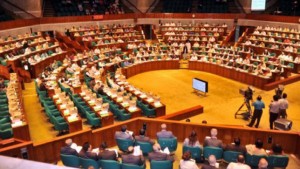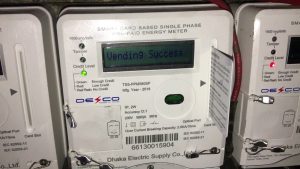04 September 2019, Kathmandu – South Asian countries have failed to make the use of economic growth in the region to improve the lives of the poor and marginalized people of the community, mostly women, girls and marginalised communities and reduce inequalities the region is facing. Extreme inequalities are destroying the region putting a threat to democracy, culture and security, and most seriously posing a threat to women’s human rights, says the report “Growing Inequality in South Asia” launched by South Asia Alliance for Poverty Eradication (SAAPE) on Tuesday its official website <www.saape.org>. The report reveals the seriousness of growing inequality in the region as a result of government policies and programmes that benefit a handful of the rich and leave behind a large number of people who are denied access to basic human rights and needs. It analyses the causes and drivers of inequality and demonstrates concrete evidence of widening inequalities in the region.
In South Asia,
share of the global poor increased from 27.3 per cent to 33.4 per cent in between 1990 and 2013, leaving behind only Sub-Saharan Africa, which accounts for the largest (50.7 per cent) share of the global poor.
governments are competing with each other on tax exemptions to the rich and powerful. The two countries in the region, India and Pakistan, feature in the list of top 10 countries losing the most tax revenue. While India loses around USD 41.2 billion in taxes annually, Pakistan tops the list forgoing around USD 10.4 billion, equivalent to 3.5 per cent of its Gross Domestic Products (GDP).
the health expenditure as a percentage of GDP is low (3.5 per cent) while a global average stands at 10.02 per cent. The quality of primary care is often poor. Total government expenditure on healthcare in 2015 was in the range of 0.4-2 per cent of the gross domestic product, which was among the lowest ones globally.
private health expenditure (PHE) accounts for about two thirds of the total health expenditure (THE), similar to the trends in low and low middle-income countries but much higher than the global average (42.4 per cent).
over 134 million people still do not have access to improved drinking water. It is currently estimated that people in the region drink from 68 to 84 per cent of contaminated sources of water. Likewise, 600 million people still practise open defecation (over 60 per cent of the global burden).
the gender pay gap is 35 per cent for women with children compared to 14 per cent for those without.
women perform 80 per cent of the total hours of unpaid care work, on average 4.1 times more than men, across Asia and the Pacific.
working poverty remains high and this high incidence of informality continues to undermine the prospects of further reducing working poverty. Out of the total workforce, 90 per cent are in the informal sector.
in South Asia, the Middle East and North Africa, men perform the lowest share of unpaid care work (1 hour and 4 minutes). The regional average for women is 4 hours and 22 minutes.
Gini coefficient approaching 40.0 of all South Asian countries indicates that inequality is alarming.
informalisation of labour is the highest in the region. It is 90.7 per cent in India and Nepal, 48.9 per cent in Bangladesh, 60.6 per cent in Sri Lanka and 77.6 per cent in Pakistan.
the basic literacy rate of the population aged 15 years and above lags behind all other regions except Sub-Saharan Africa, in spite of the literacy rate rising from 60.84 per cent in 2004 to 71 per cent in 2016.
“The equal society can be imagined only if the governments in the region can guarantee the fundamental rights of the people mostly, health and education and ensure that the basic services are made available to all with due focus on women, girls and marginalised communities without hindrances and discriminations”, said Netra Timsina, Regional Coordinator of SAAPE. He further added, “We ask the governments in the region to understand the urgency for the need of people centric progressive policies and practices to beat the growing inequalities, and create more equitable societies.”
The report has made wide-ranging recommendations for the South Asian governments to address the issues of growing inequalities by highlighting six key areas of actions to be taken through 1) proving equal opportunity, 2) guaranteeing minimum living wages and labour rights, 3) ensuring the access of people to basic public services, 4) implementing progressive taxation policies and guaranteeing fiscal justice, 5) ensuring gender equality and 6) promoting peace and harmony in South Asia.




